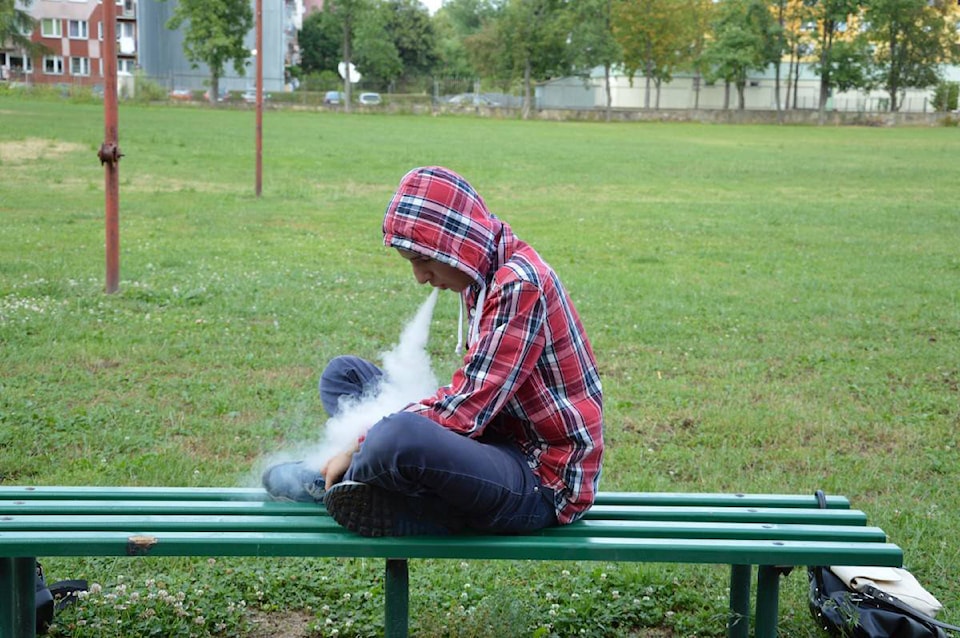While British Columbia has made significant strides in making it harder for children and youth to start smoking, helping those addicted to nicotine to quit and minimizing exposure to second-hand smoke, there remains an urgent need to address the persistently high rates of smoking and the alarming rise in vaping among youth.
On average, 16 British Columbians will die today from tobacco-related illnesses. This is more than double the number who will die each day from the opioid epidemic, which is considered a public health emergency. Annually, tobacco use is responsible for about 30% of all cancer deaths and those who smoke about a pack of cigarettes per day are nearly five times more likely to die of heart disease or stroke. Despite all the advances we have collectively made to reduce or eliminate tobacco use, at least 440,000 British Columbians smoke on a daily or casual basis. Moreover, vaping, which is often marketed as a safer alternative to smoking, has seen its rates skyrocket among our youth, introducing a new generation to nicotine addiction and its associated health risks. This is a disturbing trend that threatens to undermine decades of anti-smoking achievements.
The provincial government can do more. Earlier this year, B.C. became one of the first provinces to restrict the sale of nicotine pouches to pharmacies only. This placed the product where it belonged, alongside other nicotine replacement therapies like nicotine gum. While we applaud the swift action taken by government, B.C. remains the only province in Canada to permit tobacco products to be sold in pharmacies, side-by-side with the therapies aimed to reduce their very addictive properties.
B.C. led the country in banning smoking in all indoor public places, including workplaces, but now lags behind other jurisdictions in protecting people from exposure to second-hand smoke in public housing.
Further, the legal age for the purchase of tobacco and vaping products in other provinces like Prince Edward Island, as well as the U.S., increased to age 21. This policy to increase the minimum age of purchase helps reduce the number of young people who gain access to these products.
It seems that we have grown complacent in our fight against tobacco and vaping use. Gains made in the past should not be the excuse for the lack of action now. For example, the provincial tobacco control strategy has not been updated for two decades. Rather than constantly playing whack-a-mole with the tobacco industry that looks for ways to expand its market share by hooking new generations of tobacco and nicotine users before regulation can catch up with them, we need an updated, fully-funded evidence-based tobacco strategy that addresses the current landscape of tobacco and vaping use.
We have led the world in tobacco control before. Will B.C. step up once again with sound policy work to make a difference? We hope so.
Jack Boomer, director,
Clean Air Coalition of BC



